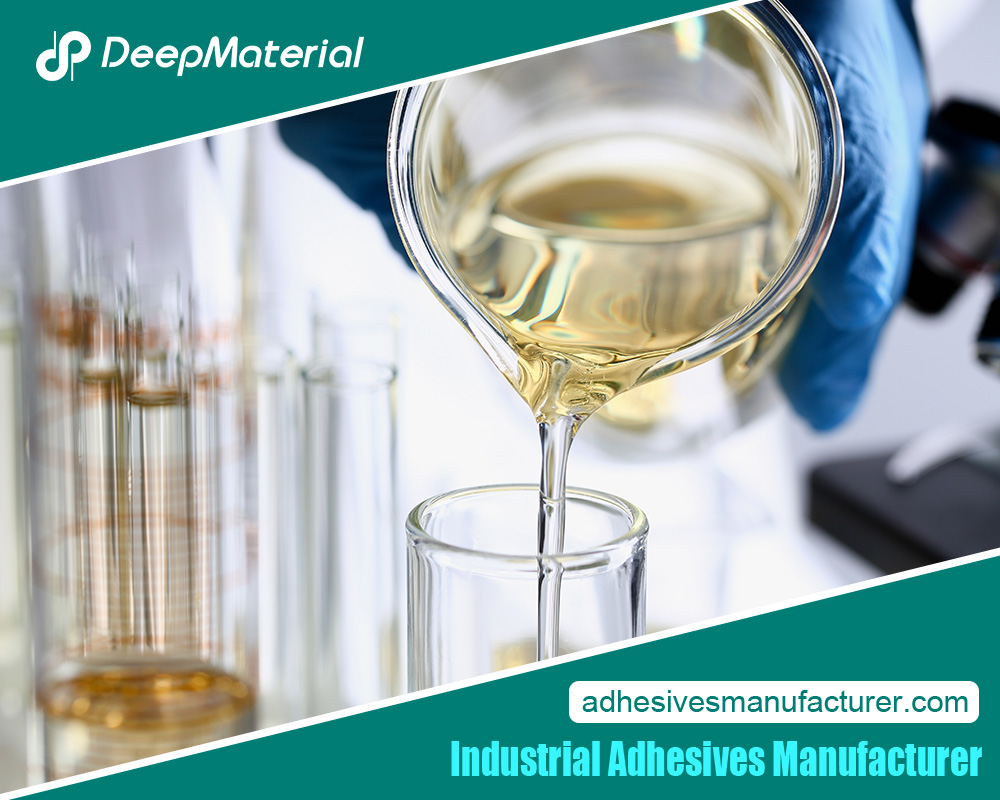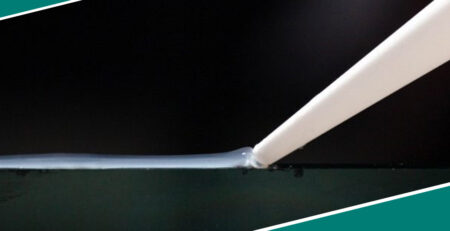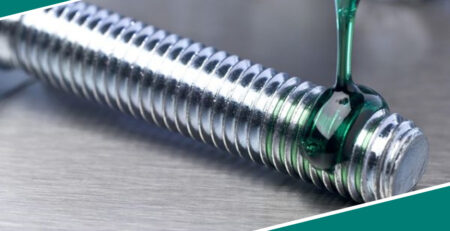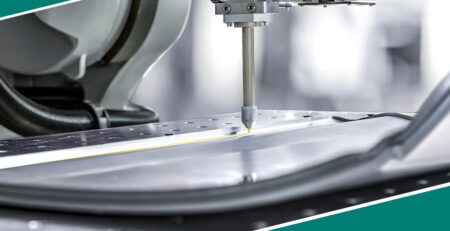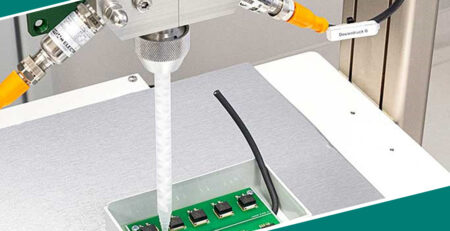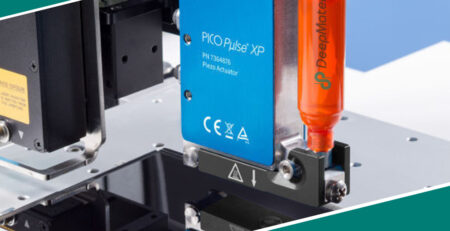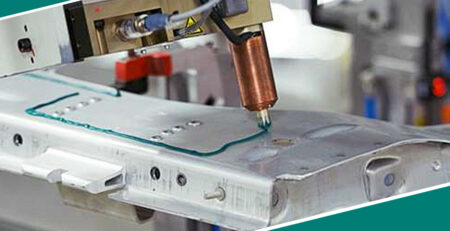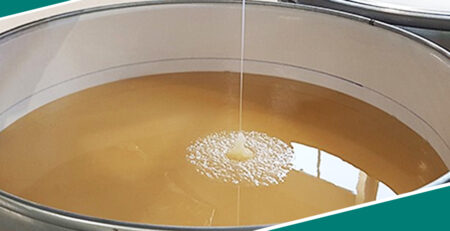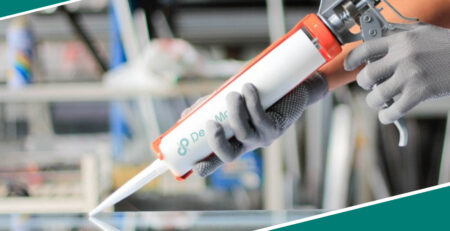Troubleshooting Common Issues When Using Epoxy Adhesive Glue for Waterproofing Electronics
Troubleshooting Common Issues When Using Epoxy Adhesive Glue for Waterproofing Electronics
Epoxy adhesive glue combines resin and hardener to form a sturdy barrier that’s perfect for keeping your electronics safe from moisture and other environmental hazards. This two-part mix doesn’t just stick things together; it seals them up tight against water damage. let’s see some of the problems you might encounter while using this glue.
Common Issues Encountered When Using Epoxy Adhesive Glue for Waterproofing Electronics
Inadequate Surface Preparation
When it comes to waterproofing electronics with epoxy adhesive, the devil’s in the details—or rather, the dirt. If you don’t prep your surfaces properly, you might as well be sticking your components together with chewing gum. Make sure everything is spotless, dry, and grit-free before you start.
Grab some isopropyl alcohol and a lint-free cloth to get rid of any grime or grease. Got a smooth or glossy surface? Give it a little scuff with sandpaper to help the glue grip better. Think of it as roughing up the surface so it can make friends with the adhesive.
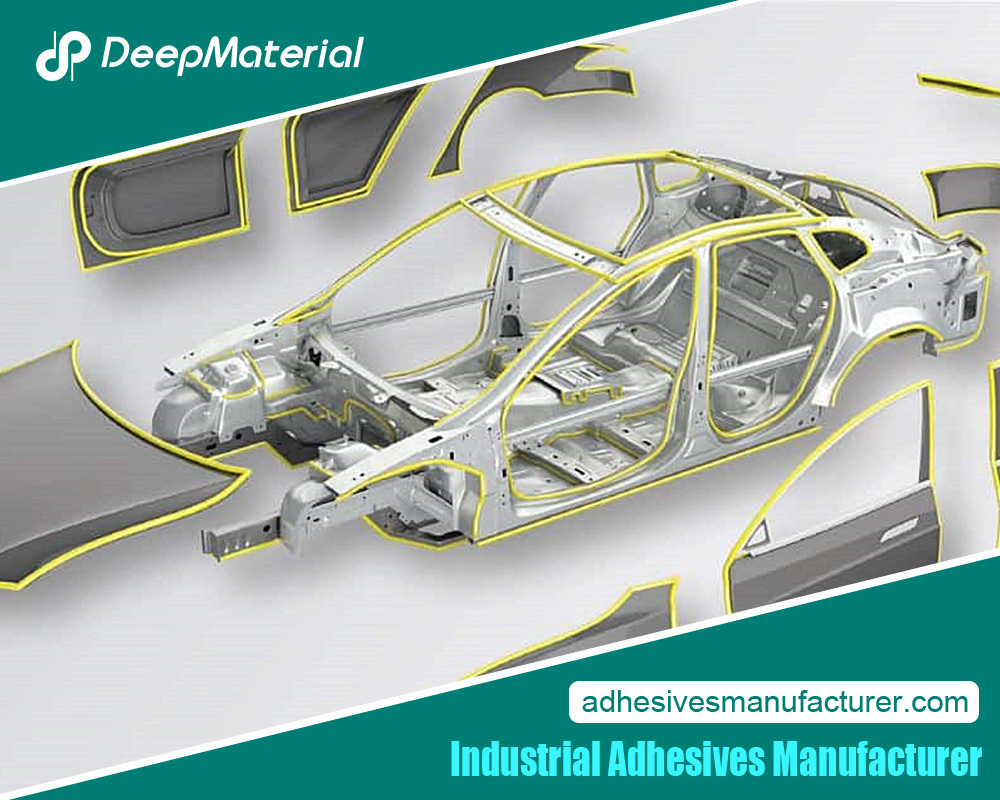 Incorrect Mixing Ratio
Incorrect Mixing Ratio
Mixing up your epoxy isn’t like whipping up a mystery meal in the kitchen; you need the right proportions to make sure it sets like it should. Stick to the manufacturer’s recipe for the best bond. Measure your resin and hardener precisely—this isn’t the time for eyeballing!
Use tools like syringes or graduated cups to get your amounts just right, and mix thoroughly. It’s like making a cocktail—everything needs to be perfectly blended for that top-notch quality you’re after. By measuring and mixing with care, you’re setting yourself up for waterproofing success.
Insufficient Curing Time
When it comes to using epoxy adhesive glue, patience really is a virtue. If you rush the curing time, you might end up with a bond that’s about as strong as a limp handshake. To keep your electronics snug and water-tight, stick to the manufacturer’s recommended curing schedule. Remember, conditions like temperature and humidity are more than just small talk—they seriously affect how your epoxy sets. Giving your project enough time to cure ensures everything holds up against moisture and other elements.
Over-application of Epoxy Adhesive Glue
More isn’t always better, especially with epoxy adhesive glue. Slathering on too much can cause a sticky mess that doesn’t fully cure, which might just sabotage your electronics instead of saving them. To avoid this, apply a thin, even layer of adhesive. Use a small brush or an applicator with fine bristles for better precision and control. Also, don’t forget to check what the manufacturer says about how much glue to use; they usually know what they’re talking about.
Incompatibility with Substrates
Not all materials are a match made in heaven when it comes to bonding with epoxy. Different materials react differently, which can throw a wrench in your adhesive ambitions. To prevent a bonding blunder, pick an epoxy that’s friendly with the materials you’re working with. Consult the manufacturer’s technical data sheet or ask their tech support for advice on what works best with your substrates. Following the manufacturer’s tips on surface prep and application will also help you achieve the best bond possible.
Poor Adhesion
When waterproofing electronics with epoxy adhesive glue, watch out for the sneaky issue of poor adhesion. This sticky situation might occur due to reasons like not prepping the surface enough, messing up the mixing ratio, or the epoxy just not vibing with the materials. To sidestep this problem, make sure you properly prep your surfaces—clean them up and scuff them up if needed to give the glue something to cling to.
Make sure to nail the mixing ratio too and mix everything up until it’s completely blended. Getting this right ensures the glue sets like it should and holds tight. Also, pick an epoxy that’s meant to bond well with the materials you’re using. Stick to these steps and you’re on your way to a solid, dependable bond.
Cracking or Shrinking of Epoxy Adhesive Glue
Epoxy adhesive glue is a big deal in the bonding world thanks to its strength and ability to keep water out. But keep your eyes peeled for potential pitfalls like cracking or shrinking, which can send your waterproofing plans down the drain. This is especially critical in places where staying dry is a must, like boats or outdoor gear.
One major culprit behind cracking or shrinking is laying it on too thick. A chunky layer of glue might not cure evenly, which invites cracks and shrinkage. The fix? Apply thin layers, letting each one cure fully before the next goes on. This approach helps the adhesive cure uniformly and keeps it from acting up.
Temperature swings are another troublemaker. If it gets too hot or too cold while the glue is setting, it might stress out and crack or shrink. To dodge this drama, stick to the curing conditions recommended by the glue’s maker, paying close attention to temperature and humidity. This care helps ensure your adhesive cures in peace, leading to a robust and waterproof bond.
Difficulty in Removing Excess Epoxy Adhesive Glue
Working with electronics means you’ve got to be precise, especially when it comes to applying epoxy adhesive glue. If you end up with excess glue and it hardens, you’re in for a bit of a headache because it can mess with the electronics’ functionality or even cause damage. To tackle this sticky situation, it’s wise to use a solvent or adhesive remover that’s friendly with both the glue and the materials involved.
Always, and I mean always, stick to the manufacturer’s guidelines when using these products, and don’t skimp on safety measures. By being thorough here, you help ensure your electronics keep running smoothly without any glue-related drama.
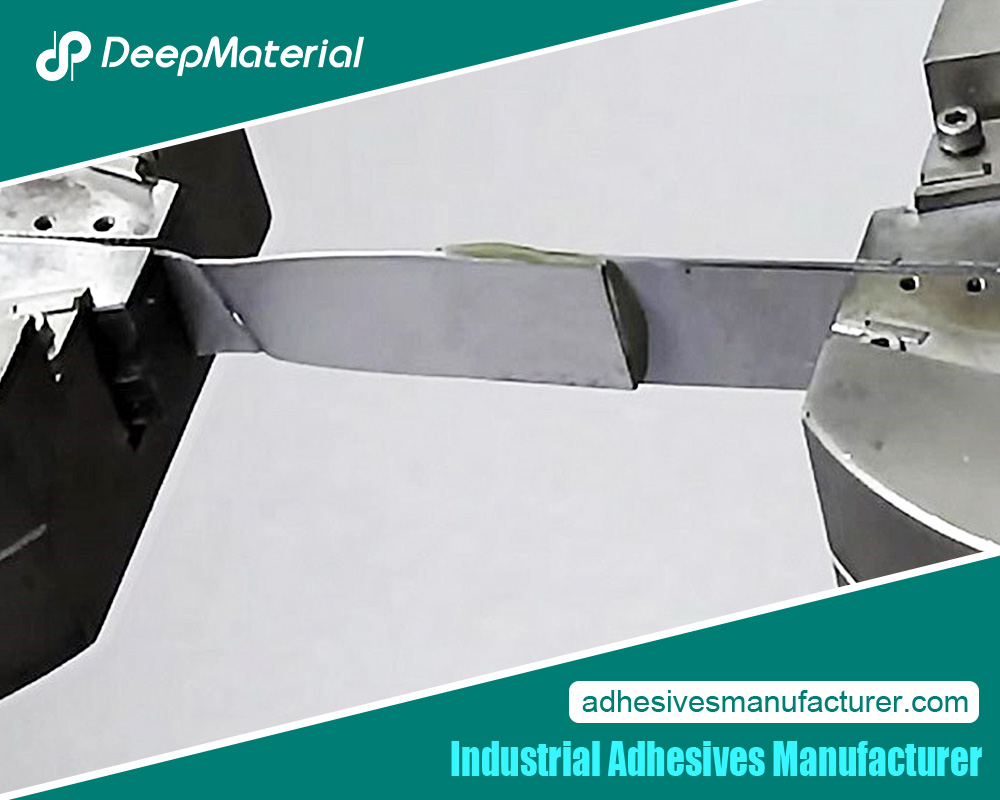 Conclusion
Conclusion
Wrapping things up, epoxy adhesive glue is a fantastic option for waterproofing electronics, but it’s not without its challenges. Issues like not prepping surfaces properly, getting the mix wrong, not waiting long enough for it to cure, slapping on too much glue, not checking material compatibility, poor adhesion, the dreaded cracking or shrinking, and the struggle of removing excess glue can all pop up.
To nail your waterproofing project, here’s what you need to do: prep those surfaces well, measure your mix meticulously, give it plenty of time to cure, keep the glue layer thin, make sure your materials get along with your glue, secure that strong bond, guard against cracks and shrinkage, and have a plan for wiping away any extra glue. Stick to these pointers, and you’re all set for success, ensuring your electronic components are protected and perform at their best.
For more about troubleshooting common issues when using epoxy adhesive glue for waterproofing electronics, you can pay a visit to Deepmaterial at https://www.adhesivesmanufacturer.com/ for more info.

